What Language Do People Speak in the Balkans, Anyway?
No one can seem to agree.
Imagine a situation in which an American defendant hires a British lawyer for a trial in an American courtroom. The accused then demands that a British interpreter be found. British-American legal interpreters are hard to find, so the demand could delay the case for years, possibly even long enough that the case has to be simply thrown out due to the statute of limitations—despite the fact that, obviously, a British lawyer is perfectly capable of being understood in an American courtroom.
This actually happens on a regular basis in the countries that once made up Yugoslavia. The language situation in the Balkans is so unusual that there is no consensus, either among native speakers or linguistic researchers, about what to even call the … thing people speak in Serbia, Croatia, Bosnia and Herzegovina, and Montenegro. Outside the region, it’s usually referred to as “Serbo-Croatian,” but neither linguists nor the people who actually speak it like to call it that. When asked what language they speak as part of a census, some people in the Balkans simply mocked the question, writing “our language” or, its insensitivity probably owing to distance, “Eskimo.”
For 1,500 years, language in the Balkans has been a galvanizing force, a source of political identification, a blunt tool, a rallying cry. There are languages like it, but no language is treated in quite the same way.
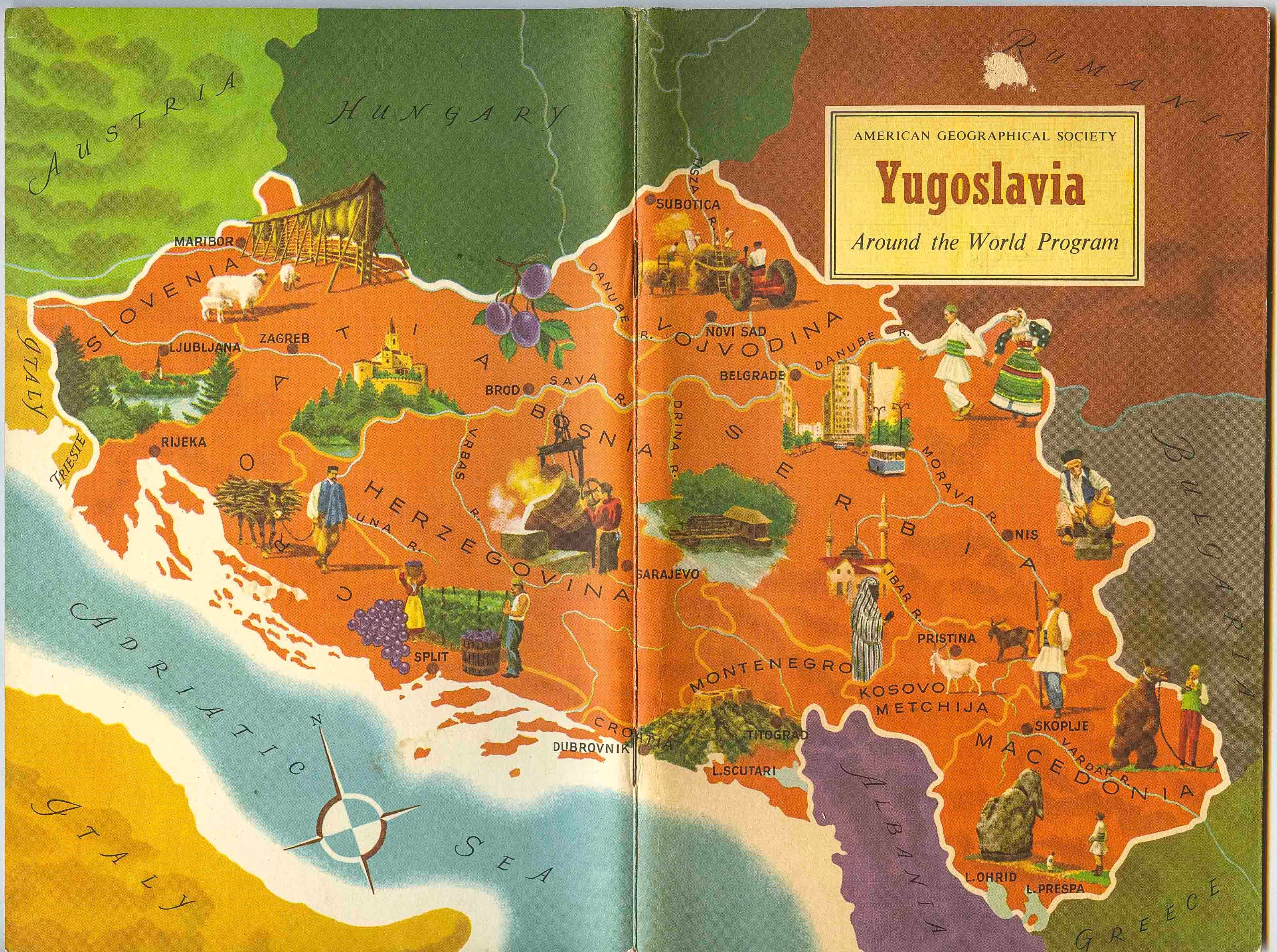
The Balkan region is a peninsula stretching, roughly—depending on your definition—from the Adriatic to the Black Sea, south of Austria, Hungary, and Romania. The South Slavic region is merely a chunk of that, not including Greece and Turkey, and the former Yugoslavia left out Bulgaria and Albania. It’s a beautiful area, located right at the borders of many different empires throughout history. It was the meeting point for the Greeks and Romans, for the Ottomans and the Austro-Hungarians, for the Soviets and Western Europeans.
In the sixth century, the Slavs, who had probably originally lived in present-day Poland or Ukraine, began migrating both east and south, likely because of the infringing movements of competing Germanic groups. The Slavs ended up in three basic branches: West (Czech, Polish, Slovakian), East (Russian, Ukrainian, Belarusian), and South, into the Balkans. The South Slavs settled down and broke into many different groups—much like people all over Europe during the the medieval period—with a bunch of kingdoms and fiefdoms, all very fluid and subject to change by invasion or marriage or war. “Serbs like to look back on the medieval kingdom of Serbia, which got pretty big, way down into Greece and Macedonia,” says Wayles Browne, a linguistics professor at Cornell University who specializes in the language of the Balkans.
At this point, being separate from the other two main Slavic groups, you’d expect the language spoken by the South Slavs to start differentiating itself. It did, but it was hardly left alone to evolve naturally. Two branches of Christianity ended up basically dividing up the region: Catholic to the west, Orthodox to the east. Religion wielded huge power over language and literature at the time. The Catholic parts generally used Latin letters, while the Orthodox parts at first used various alphabets, often one for each region, to match local dialects; these were often created by church officials, either based on historical lettering or invented out of whole cloth. The Greeks ended up with their own alphabet, as did the Armenians and the Georgians.
But in church services, which were incredibly influential on most aspects of culture, the language used was what’s now called Old Church Slavonic, developed in Bulgaria and probably based on a Slavic dialect spoken at the time in modern-day Greece. An alphabet for this language was created in a Bulgarian literary school, and based sort of on the Greek letters. That alphabet was Cyrillic, which today is used for Russian, Mongolian, Ukrainian, and various other languages. If you think you’re confused now…
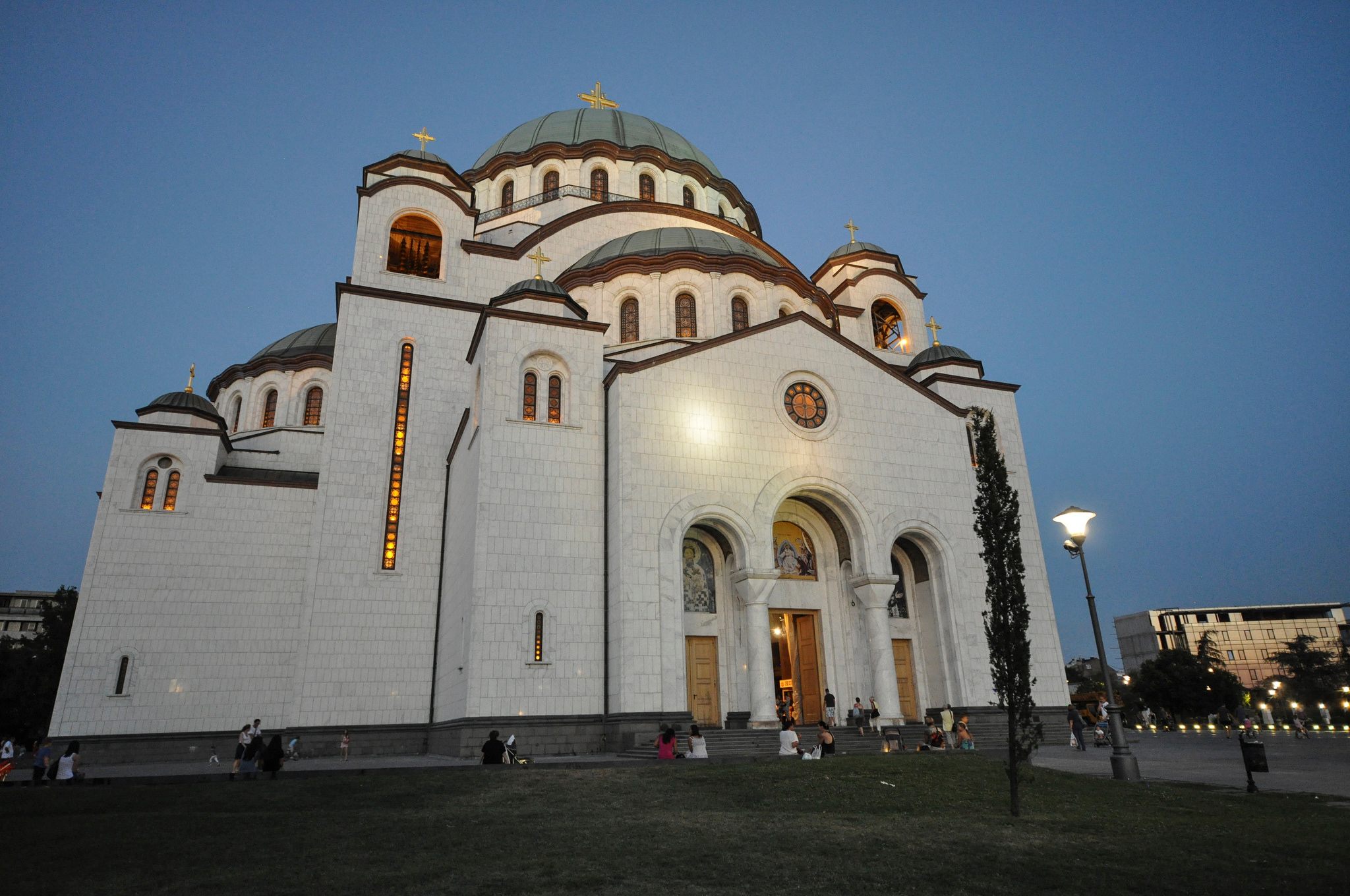
Old Church Slavonic spread throughout the Balkans before making its way north and east to other Slavic lands, but it was definitely a Balkan language first, and served to bring the South Slavs together. Prior to this, there wasn’t much to connect a Croat and a Serb; they lived in different kingdoms, had different lives. But Old Church Slavonic, even though it was not spoken on the street, was a unifying force, a source of shared words and experiences.
You can think of Old Church Slavonic, and later Church Slavonic, as serving the same purpose as Latin in the Catholic Church, or Hebrew in Judaism. Church languages unite different communities, sometimes very disparate ones, even without being a native language for members. Old Church Slavonic differs in that it actually developed out of the languages people spoke in the Balkans, making it both easier to learn and allowing it to serve as more of a connective tissue for the region. It wasn’t a precursor of Serbo-Croatian, exactly, but it was a factor that allowed Serbo-Croatian to be born.
Starting in the 14th century, huge neighboring empires moved into the Balkans to annex it, piece by piece. The Byzantines, and later the Ottomans, controlled most of Serbia and Bosnia from their base in what is now Turkey. The Austro-Hungarian Empire took Croatia and Slovenia. The Ottomans promoted a multiethnic society (albeit with bonuses for anyone who converted to Islam; many, especially in Bosnia, did), leading to the flourishing of various minority groups, including Sephardic Jews.
It’s worth mentioning that the Balkan states have always been diverse. The division of ethnicities among the countries is not now and never has been clear. There are minority Serbian populations in Croatia, Hungarians in northern Serbia, Albanians in Macedonia*, and many, many more. Some of these groups speak minority languages and some don’t. It’s far too complex to fully get into every one of these, so this article focuses on what is commonly called Serbo-Croatian, which in some form or another is the official language of most of the Balkan states.
Anyway! Back to the 14th century. You might expect the languages spoken in these various empires to be different, and they were, but it wasn’t as cleanly split along geographic lines as one might think. Turkish and Hungarian loanwords are very common in the modern Balkan language. Because the Ottomans were essentially hands-off in terms of language, and because the empires themselves were constantly changing borders, the entire region essentially evolved together. People in different parts of the Balkans wouldn’t necessarily have been able to communicate perfectly, but there were enough commonalities among the dialects that most would have been able to interact in basic ways. Some parts were more homogenous linguistically than others; Bosnia was fairly consistent throughout, while Croatia had larger differences between its coastal, inland, and island populations.

The French Revolution kicked off a trend of European nationalism, and formerly separate kingdoms came together to create nations. A national language became a major part of what this idea of a “nation” even was. In France, Germany, and elsewhere, academies and agencies were formed to iron out what the national language should be, and ensure that it was taught in schools, that books were written in it, and that local dialects would fade away.
Over in the Balkans, nation-fever hit just as hard. A Serbian revolution kicked off in 1804, and while rebels were trying to overthrow the Ottomans in Belgrade, a Serbian named Vuk Karadžić went to Vienna. Vuk, as he’s usually called, is probably the most important linguist in Serbia’s history. He began collecting folk songs and epic poems, and used what he learned of the way “common people” spoke to craft an entirely new version of standardized Serbian. He changed the Cyrillic alphabet and spelling to be more accommodating to the way Serbs actually conversed, wrote the first modern Serbian dictionary in 1818 under his new rules, and translated the Bible. His work was based on one dialect, called Štokavian, which was spoken in most of Serbia, Bosnia, Montenegro, and northeastern Croatia.
When the Serbs finally declared independence (Serbia had been largely independent since 1835, but wasn’t officially recognized until in 1878), the country finally got the ability to do all that fun nationalism stuff, and there was external pressure to do so. Hungary was just to the north and wanted to push its newly standardized language to other regions, putting linguistic pressure on Serbia. The national language was a top priority, and Vuk’s dictionary was basically the best option. So the country adopted it.
In 1830, Croatia was under the control of the Habsburgs in Austria, and not happy about the Germanization of the region. A writer, editor, and linguist named Ljudevit Gaj created a Latin alphabet designed to help Croats write the way they actually spoke, as well. There are sounds in the Balkan language that needed addressing: accents, standardized spelling, decisions on which letter would represent which sound. Gaj, in 1835, did something very bold: He began printing one of his newspapers in his own Latin alphabet, using a language based heavily on Štokavian—Vuk’s Serbian language. Gaj was a proponent of the Illyrian movement, aiming to unify the South Slavs against the Habsburgs. He was incredibly influential, and this one decision was momentous in terms of uniting the South Slavs: Their languages had never been closer together.
Before Vuk and Gaj, the populations of Croatia, Serbia, and Bosnia spoke a variety of dialects, generally related but certainly not standardized. Those two linguists had modernized and standardized a single one of those dialects. But the east-west divide, and the reason the language is now sometimes known as Serbo-Croatian, had less to do with minor differences in idiom, pronunciation, and vocabulary, and more with the chosen alphabet. Vuk did most of the pioneering work in creating the Cyrillic Serbian alphabet, but Croatia, being Catholic and Austrian rather than Orthodox and recently freed from the Ottomans, didn’t use Cyrillic. Instead, Gaj did a one-to-one mapping of his new Latin alphabet with Vuk’s Cyrillic. Educated youngsters ended up having to learn two alphabets for essentially one language; in fact, they still do.
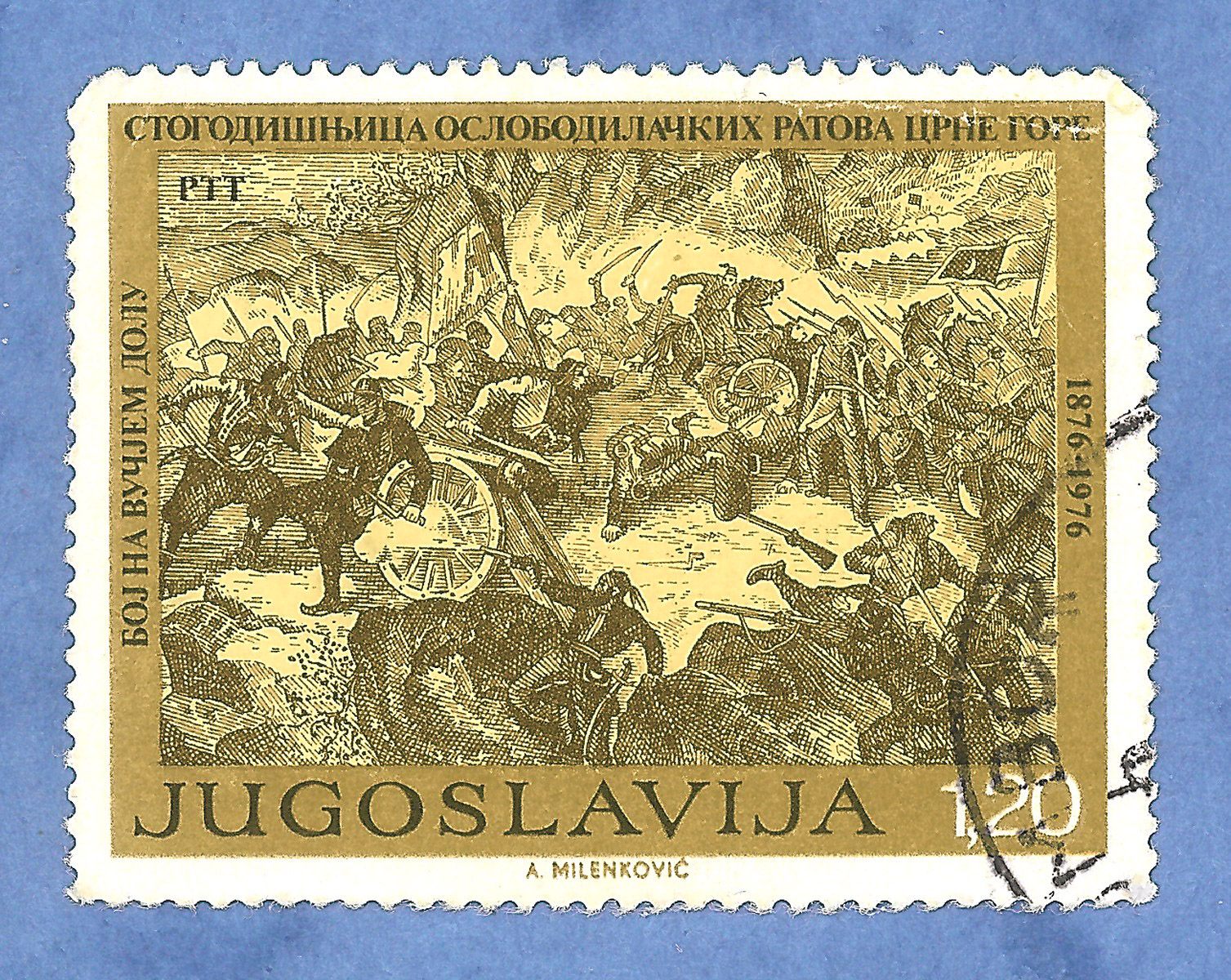
We’re concerned with language, so we’ll skip through the part where the Balkan countries literally started World War I, created a short-lived Kingdom of the Serbs, Croats, and Slovenes (now sometimes called “the first Yugoslavia”), and then barely survived World War II. Not a whole lot changed linguistically during this period. The fact that the Serbs and Croats were finally joined together in a kingdom did further cement the Vuk/Gaj language as, if not an official language, the most commonly spoken. (Slovenia has always had a separate language. Theirs evolved from a different South Slavic dialect than the one Vuk and Gaj used. It’s in the same family, sort of like Spanish and Portuguese.)
In 1945, Josip Broz Tito succeeded in creating Yugoslavia, a federation of six states: Serbia, Croatia, Slovenia, Montenegro, Macedonia, and Bosnia and Herzegovina. Later, two semi-autonomous parts of Serbia—Kosovo and the Vojvodina—would get state-like voting rights, for a total of eight.
“Under Tito, Yugoslavia started out with a fairly liberal language policy,” says Browne. “Slovenians can use Slovenian, Macedonians can use Macedonian.” Macedonian, like Slovenian, is in the same general family of South Slavic languages as Serbo-Croatian, but isn’t the same, it’s actually closely related to Buglarian. There was, in short, no national language at the beginning of Tito’s Yugoslavia.
But over the decades of Yugoslavia’s existence, divisions began to widen, and soon Tito cracked down on the use of any language that promoted nationalism of any of the individual Yugoslav states. “You’d see things in certain newspapers for or against certain words—is it okay to use this word, yes it is or no it isn’t,” says Browne. Browne says that local linguists even became celebrities, of a sort, for their writing and thinking about language. Sometimes censorship was clear-cut. The word časnik, for example, simply means “officer,” but that was the word used in Croatia prior to the creation of Yugoslavia. The approved word is oficir, and people actually went to jail for using the wrong word. Other banned terms were more nebulous. Perhaps a noted Serbian nationalist liked one word, and therefore that word could not be used by anyone.
Upon the breakup of Yugoslavia in 1991 and 1992, the newly independent countries declared their own national languages. For some, like Slovenia and Macedonia, this made sense. They really did speak a different language than the other countries. But Bosnia, Serbia, Montenegro, and Croatia all declared their own separate national languages. “There is no doubt that Bosniaks, Croats, Serbs, and Montenegrins have a common language, but in all four countries, the laws are framed as if they speak four different languages,” said Snježana Kordić, a prominent Croatian linguist, in a talk on the subject she gave last year.

There is a peculiar form of theater going on in the Balkans today, this suggests, where the governments pretend that the language spoken by their immediate neighbors (and former fellow Yugoslavs) is completely different from their own. Criminals frequently demand interpreters in court, and a lack of interpreters has led to a huge backlog of criminal cases. Bosnia, being sort of in the middle of the peninsula and always having been pretty diverse, has three official languages: Bosnian, Croatian, and Serbian. To this day, children in school are put in different, language-specific classrooms, theoretically because of what they speak, but really for ethnic reasons. The children are sometimes separated by chain-link fence. They speak through it, and while one might theoretically be speaking in Bosnian and the other in Serbian, understand each other perfectly well.
In Croatia, censors have since the 1990s monitored the language used in textbooks and the media, ostensibly for language that opposes the purity of the Croatian language. In practice, this tends to be arbitrary; the language spoken in these Balkan states is so intertwined that it can be very difficult to distinguish between “Croatian” and “Serbian” words.
Some word differences are very obvious. In Serbia, the word for bread is hleb, compared with kruh Croatia. But those are exceptions; hleb is to kruh as truck is to lorry (in American and British English). In general, the languages look like this, a translation of the phrase “universal declaration of human rights,” from Quartz:
Croatian: Opća deklaracija o pravima čovjeka
Bosnian: Opća deklaracija o pravima čovjeka
Serbian: Opšta deklaracija o pravima čov(j)eka
Montenegrin: Univerzalna deklaracija o ljudskim pravima
Montenegrin looks pretty different there, but it’s not as drastic as it seems. In both Serbian and Croatian, there’s a synonym for “universal” that looks quite a bit like the Montenegrin univerzalna (it’s univerzalan in Croatian). Same with ljudskim and čovjeka; the former is understood by all languages to mean “human,” while the latter is more like “mankind.”
By virtue of very recent conflicts, there is perhaps more animosity among these four countries than between, say, Australia and the United States. So using a word, intonation, or phrase that highlights these national differences could, depending on the situation, result in a raised eyebrow, a fistfight, or nothing at all.
Does it make sense for those of us outside the region to think of them as one language—Serbo-Croatian—or four different ones, or a series of dialects, or something else entirely?
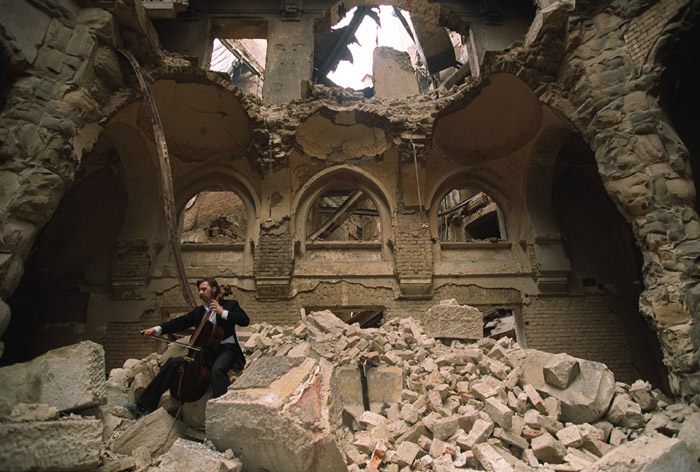
In 2017, a group of linguists in Sarajevo signed what they called a “Declaration of Common Language,” insisting that all four languages are actually one. Sort of. What the declaration actually says is that the language spoken by these four countries is a polycentric or pluricentric (the terms mean the same thing) language.
A pluricentric language is a single language with different standardized variations, usually codified in different countries. English is one—Americans, Brits, and Australians, among others, have all declared that we speak English, because we can all basically understand each other. If pressed, we might say we speak “American English,” and each country has its own language rules, which vary slightly. There are different dictionaries; Brits do not use Merriam-Webster, for example, because those dictionaries are specifically for American English. But if the definition of a language is a system that allows people to communicate, well, we all clearly speak the same language.
The language of Bosnia and Herzegovina, Serbia, Croatia, and Montenegro is, these linguists declared, simply a pluricentric language. Normally such a position wouldn’t be that big of a deal. After all, who really cares what a bunch of linguists think?
But forcefully demarcating the way people in these countries speak as four different languages has serious social effects. From the declaration: “These include using language as an argument justifying the segregation of schoolchildren in some multiethnic environments, unnecessary ‘translation’ in administration or the media, inventing differences where they do not exist, bureaucratic coercion, as well as censorship (and necessarily also self-censorship), where linguistic expression is imposed as a criterion of ethnonational affiliation and a means of affirming political loyalty.”
The linguists have been fighting for years to end this language segregation, and the declaration is their latest, and most collaborative, effort. Their basic point—the presence of a pluricentric language in the Balkans—is not controversial to international linguists. The international community has even given awards to students who protested Bosnian school segregation. But within these four countries, opposition could be fierce and passionate.

Nationalists in Croatia and Serbia saw the declaration as a treasonous affront. Accusations of “Yugonostalgia”—a longing for the days of Yugoslavia, today something no politician wants to be accused of—were launched. A prominent Croatian linguist called it a “deliberate provocation” (in Croatian, of course, so possibly this is an inexact translation).
You might have noticed the struggle throughout this article to talk about this pluricentric language, and that’s because there is absolutely no consensus on what to call it. The name “Serbo-Croatian” is considered outdated, maybe even offensive, in the Balkans. Browne renamed his language course at Cornell in 2009 from “Serbo-Croatian” to “BCS,” for Bosnian-Croatian-Serbian. Polls in each of the countries reveal no consensus, either. In Montenegro, about 40 percent of the population says they speak Serbian, and another 40 percent say Montenegrin, and a big chunk of the remainder say it’s the same freaking language.
There’s no easy solution here. If all the countries agreed that they spoke one language with some regional differences, perhaps practices such as school segregation would end—or maybe they would just find another excuse to continue the practice. I suggested to Browne that maybe the language should just be called “South Slavic.” A good suggestion, except for one serious problem: In these languages, that would translate as “Yugoslavic.”
* Note: Just days after this article was published, the country of Macedonia changed its name to North Macedonia.

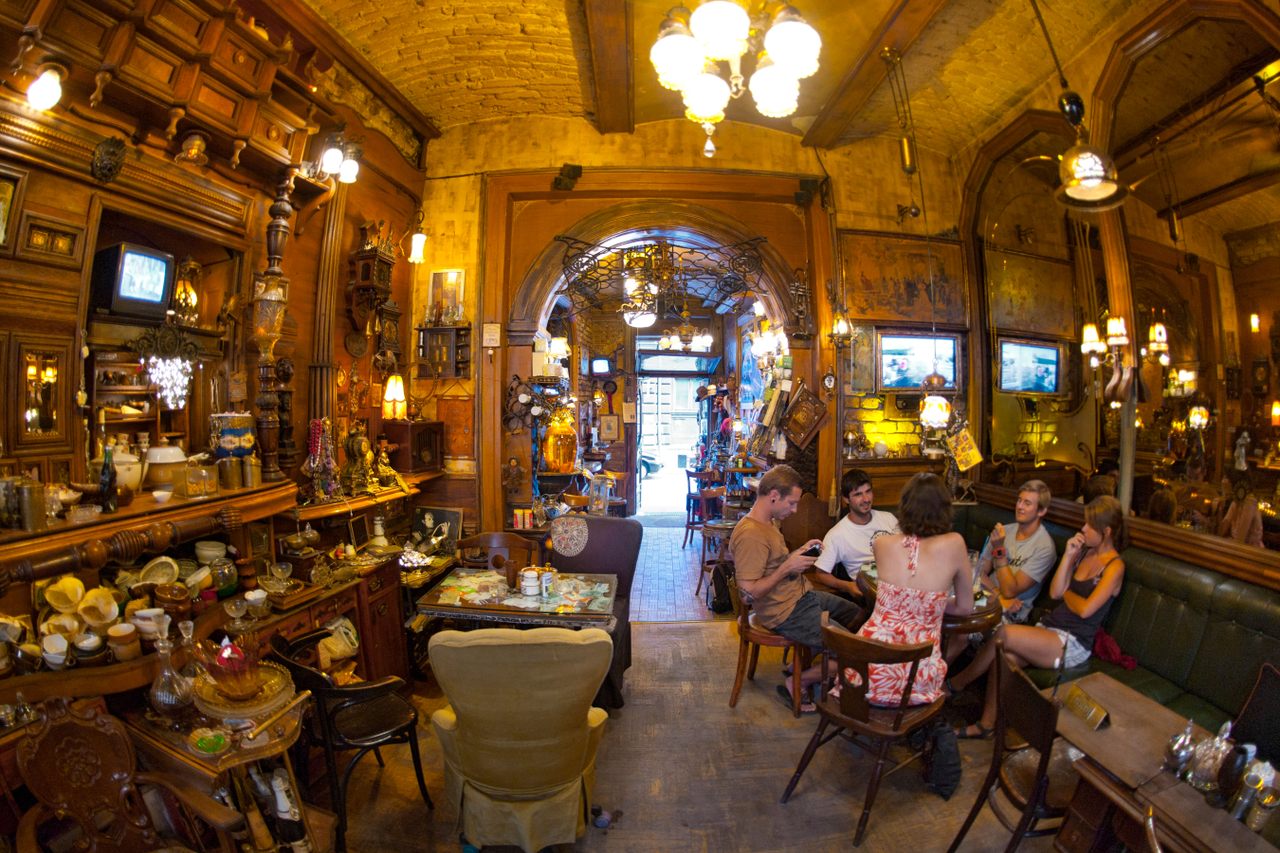


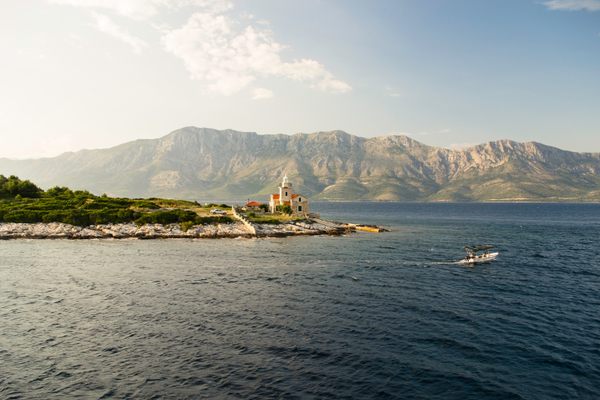




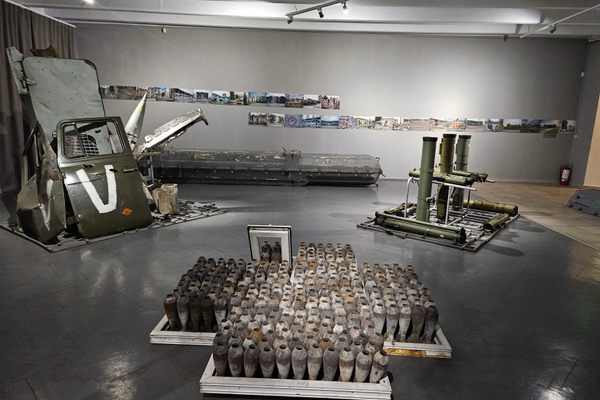
















Follow us on Twitter to get the latest on the world's hidden wonders.
Like us on Facebook to get the latest on the world's hidden wonders.
Follow us on Twitter Like us on Facebook